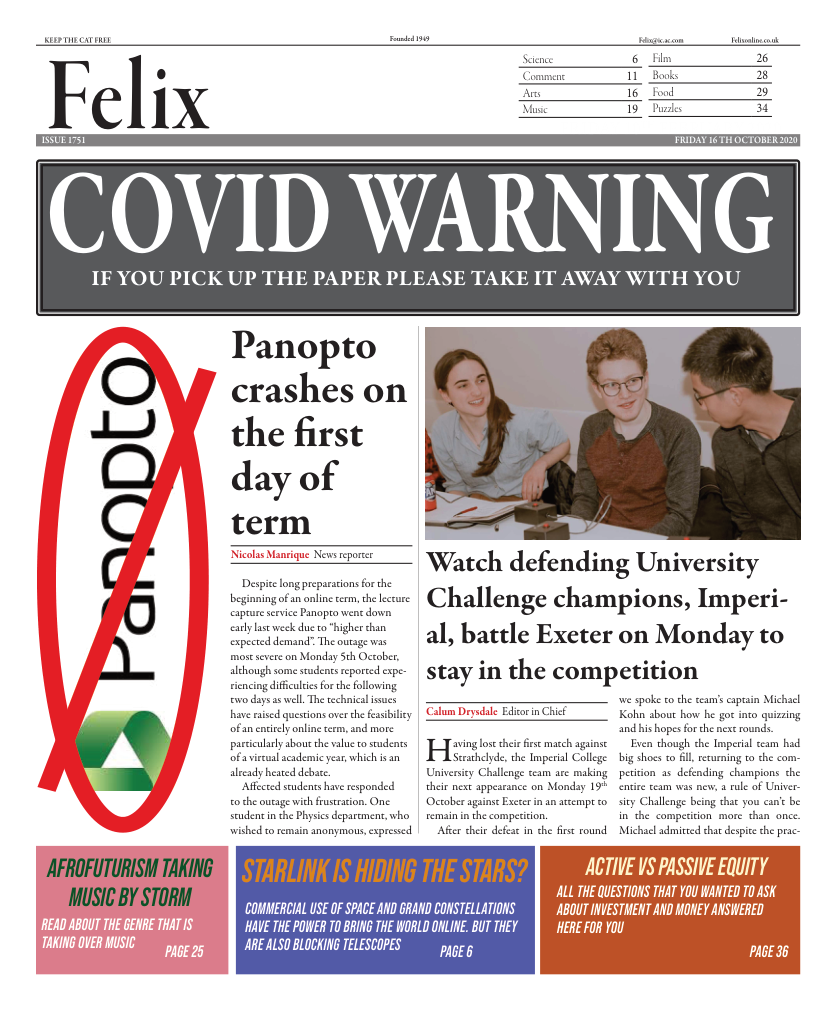Nauman evokes raw discomfort
Nauman, an American born in Indiana in the 40s, explores the human body, play, discomfort, life and death in different colours. Walking from room to room in the exhibition, feelings of unease are not uncommon.
Bruce Nauman
★★★★
- What: Exhibition
- Where: Tate Modern
- When: Until February 21st 2021
- Cost: £13 (concession £11, free for Members)
There are few things as eerie as a sinister spin on child’s play. Children, perceived to be the epitome of innocence by society, still untouched by the lures of lust and greed, should only be seen as pure. Horror films such as the Exorcist, Annabelle, Sinister and Hereditary (to name a few - the list really goes on forever) play on this eerie concept of the darker side of childhood.
Not knowing what to expect when I stepped into Bruce Nauman’s exhibition at Tate Modern, I am struck by a sinister feeling. Nauman, an American born in Indiana in the 40s, explores the human body, play, discomfort, life and death in different colours. Walking from room to room in the exhibition, feelings of unease are not uncommon. The use of sound often penetrates from one room to the next, so you’ve already got an idea of what’s waiting for you in the next room based on the wailing, crying sounds or the grainy, loud background noise creeping up on you. Much like Andy Warhol, the guy he shares the 4th floor of Tate with, Nauman saw his studio as a place where art wasn’t static or even a product of working. He rather saw it as a constant dynamic creation, one that he as an artist was constantly involved with.
Much of his art is in video format, but he was also very talented at sculpting steel, fiberglass and neon. He explores children’s play in much of his art, making references to musical chairs, playing with a pack of cards and falling over like a cartoon character slipping on a banana in a slow-motion video. His own description of his work ’Hanged man’ is a perfect example of his harrowing take on child’s play: ”With my version... you’re not allowed to participate - the parts of the figure are put into place without you” (obviously referencing the game Hangman). I look around the exhibition - there are children running around, ahead of their parents, perplexed by the different works.
Other works are a direct commentary on society, and cover topics such as imprisonment, surveillance and death. They engage the visitor in more than just a visual sense. The exhibition shows off Nauman’s talent excellently, and the use of space is well thought out. For the first time in a while I walked out through the last door of the exhibition, disappointed not to be met with yet another room, but instead the museum café.





